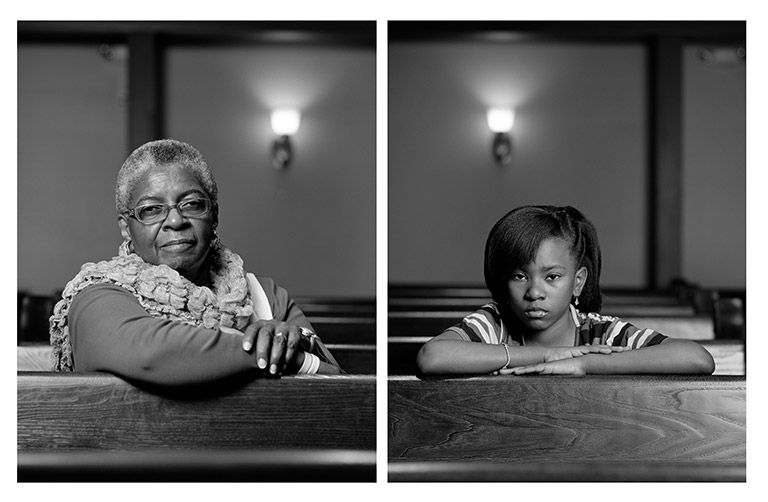President Trump Pardon Whistleblower And Veteran Reality Leigh Winner-We Will Not Leave Our Sister Behind
Courage to Resist<refuse@couragetoresist.org>
To

Pardon Whistleblower Reality Winner
Hi Alfred.
On June 3, 2017, NSA contractor Reality Leigh Winner was arrested and charged under the Espionage Act for providing a media organization with a single five-page top-secret document that analyzed information about alleged Russian online intrusions into U.S. election systems.
Reality, who has been jailed without bail since her arrest, has now been sentenced to five years in prison. This is by far the longest sentence ever given in federal court for leaking information to the media. Today, she is being transferred from a small Georgia jail to a yet-unknown federal prison.
Several months before her arrest, the FBI’s then-Director James Comey told President Trump that he was (in the words of a subsequent Comey memo) “eager to find leakers and would like to nail one to the door as a message.” Meanwhile, politically connected and high-level government officials continue to leak without consequence, or selectively declassify material to advance their own interests.
Join Courage to Resist and a dozen other organizations in calling on President Trump, who has acknowledged Winner’s treatment as “so unfair,” to pardon Reality Winner or to commute her sentence to time served.
D O N A T E towards a world without war
Upcoming Events

Feds holding last public hearing on draft registration
Los Angeles, California Thursday, September 20 At California State University Los Angeles More info 
50th anniversary events of the Presidio 27 mutiny
D O N A T ESan Francisco, California Panel discussion on Saturday, October 13 Commemoration on Sunday, October 14 At the former Presidio Army Base More info to support resistance |
COURAGE TO RESIST ~ SUPPORT THE TROOPS WHO REFUSE TO FIGHT!
484 Lake Park Ave #41, Oakland, California 94610 ~ 510-488-3559
www.couragetoresist.org ~ facebook.com/couragetoresist
484 Lake Park Ave #41, Oakland, California 94610 ~ 510-488-3559
www.couragetoresist.org ~ facebook.com/couragetoresist
